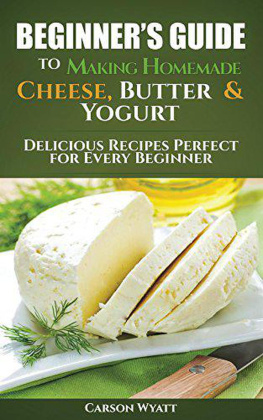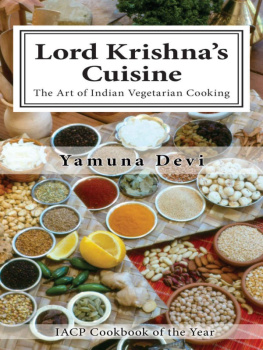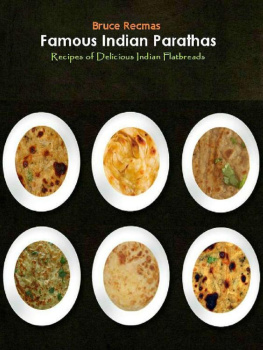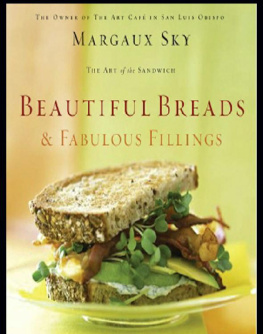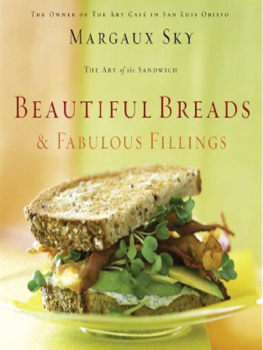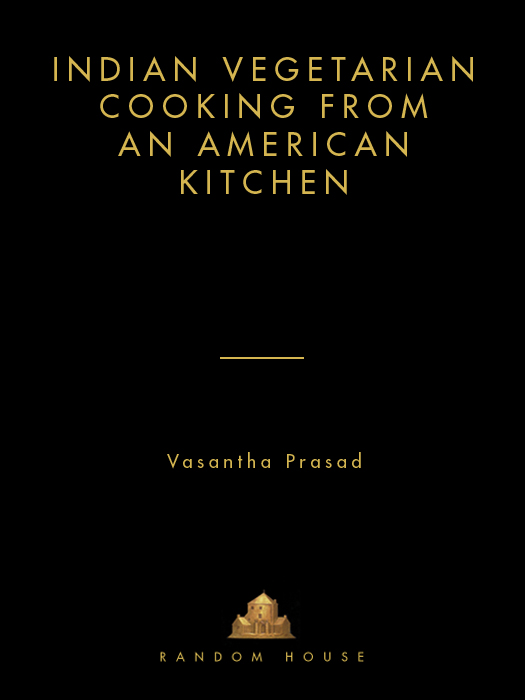CONTENTS

CHAPTER ONE
CHAPTER TWO
CHAPTER THREE
CHAPTER FOUR
CHAPTER FIVE
CHAPTER SIX
CHAPTER SEVEN
CHAPTER EIGHT
CHAPTER NINE
CHAPTER TEN
CHAPTER ELEVEN
INTRODUCTION
W hen I was a little girl in Bangalore, in southern India, I loved sitting on our kitchen counter every day after school and watching my amma (mother) cook. Balancing several pots on the stove, chopping vegetables, blending spices, she made everything look so easy and graceful. I was absolutely fascinated! When I asked her what makes her cooking so delicious, she answered that the secret ingredient to any meal is love.
Because refrigerators were not yet available in India, my mother would shop for fresh vegetables every day. Often I would accompany her, and on those trips she would teach me about selecting fruit and vegetables, relying on our senses to determine freshness. How does it look? she would ask. How does it smell? How does it feel in your hand? Every trip to the farmers market to buy flowers, fruits, and vegetables was an adventure with her. Each neighborhood had a market, and you could smell its intoxicating scent from afar. Each vendor had a small cubicle averaging eight feet by ten feet and would either specialize by selling only one item such as bananas or coconuts or would sell a wide variety such as apples, apricots, cherries, guava, mangoes, melon, papaya, peaches, pears, pomegranates, and tomatoes. Or a store would sell only vegetables, and among them would be French beans, broad beans, cluster beans, cauliflower, cucumber, bell peppers, brinjal (eggplant), green chilies (mild and hot), three different kinds of gourds, and pumpkins and plantains. My mother would say that with a little imagination you can capture the extraordinary freshness and flavor of the market and release it in your cooking.
In this cookbook Ive tried to do just that: to capture the love of cooking I inherited from my mother, of freshness, of family, and, because I have lived with my husband and daughter in America for many years, adapt it for an American kitchen. Ive tried to translate the way we cook in Indiahow we combine tastes such as sweet and sour, hot and cool, using spices and other ingredientsand make it enticing for the home cook who may not be familiar with Indian cooking, or who loves Indian cooking but feels intimidated by the ingredients, or who wants to use Western ingredients and cook them in an Indian fashion. Ive tried to include the new with the traditional, the Western with the Eastern. And Indian cooking is nutritionally sound, full of complex carbohydrates such as grains and legumes, and including fruits, vegetables, yogurt, and milk. It is healthy cooking at its most interesting with full, complex tastes and flavors; there is nothing bland about red hot chilies!
The basics of Indian cooking are simple: Cook with your hands, your eyes, your nose, your ears, and your taste. Often I will describe when something is done by the way it sizzles in the pan or the color it turns or how it feels to the touch. I want you to learn how to use all your five senses to cook, using Indian methods but not strictly Indian ingredients. You may not easily find some of the Indian ingredients in your neighborhood, so when appropriate Ive given substitutions such as lime juice for tamarind water or half-and-half for coconut milk. Once you get the hang of it, youll be able to create your own dishes using your favorite fruits and vegetables and combining the spices in new and innovative ways. As my amma said, the most important ingredient in cooking is love.
HELPFUL HINTS
Always wash all vegetables and
fruits thoroughly with water, whether
grown organically or not.
The preparation and cooking times that
I have provided serve as a guideline
each cook works at his/her own pace.
Stove tops and ovens tend to vary
in temperature settings.
If you are unable to eat hot peppers due to
health reasons or sensitive taste buds, omit
them. I assure you the finished dish will still be
tasty. Remember to decrease the amount of salt
if you decide to use fewer hot peppers.
C HAPTER 1

THE STAPLES OF AN INDIAN KITCHEN

THE STAPLES OF AN INDIAN KITCHEN
S PICES AND S EASONINGS
A SAFETIDA (Heeng)
Asafetida is a brown resin obtained from the roots of a certain Indian plant. It is available either in lump form (its purest state) or powdered, which is more convenient to use. Asafetida releases its characteristic smell only when powdered.
Asafetidas distinctive, pungent flavor and aroma is used to season dal or lentil dishes, chutneys, and so on. It has strong digestive properties and is used to counteract flatulence.
Asafetida is prepared by adding only teaspoon to 1 teaspoon hot vegetable oil. Heat until it releases its strong odor, usually after only a few seconds.
B AY L EAF (Tej Patta)
There are two kinds of bay leaves. The Indian bay leaf comes from the cassia tree and has a sweet taste with a spicy aroma. It is mainly used in the preparation of meat dishes. The other variety comes from the bay tree, native to China and southeast Asia, and has a bitter taste with a lemony aroma. Use the latter variety in smaller quantities.
C ARDAMOM (Elaichi)
The fruit of the cardamom plant, the cardamom pod, comes in two colors: green and black. The black cardamom is available in Indian and specialty stores. It is sold only in the whole form, although it is used either whole or powdered to prepare garam masala, relishes, and rice pilafs. Black cardamom has a nuttier flavor than green cardamom, which can be substituted if the black is unavailable.
Green cardamom has a pale green skin and a sweet taste and is available either whole or powdered. It is mainly used in flavoring puddings, sweets, and many classic vegetarian dishes.


